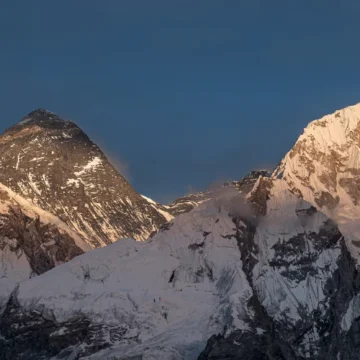
International Mountain Museum Pokhara: Open Your Guide
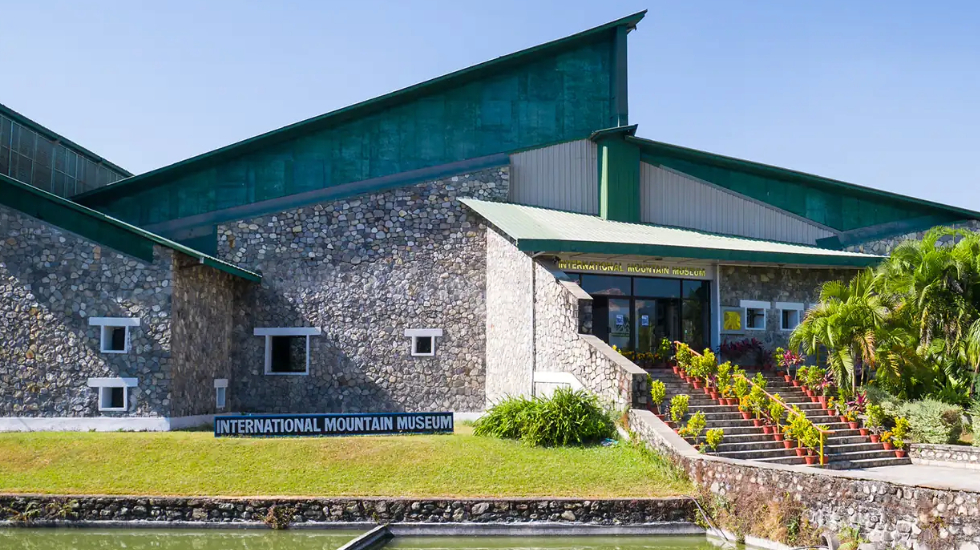
Table of Contents
The International Mountain Museum is situated in Pokhara, Nepal, and documents the world’s mountains and the peoples of these regions. It was established in 2002. With the Nepal Mountaineering Association (NMA) initiative to preserve and present the cultural aspects of mountainous areas.
It provides insight into the origin of mountaineering through relics, picture galleries, and displays, emphasizing the climbers’ accomplishments and the role of mountains in people’s lives. Many sections can be viewed. Such as the Himalayas and mountaineering history sections, as well as the fauna and flora of the mountains. It makes it an excellent destination for lovers of tourism and recreation.
International Mountain Museum Location
The International Mountain Museum is located in Ratopairo, Pokhara Metropolitan Ward No. 17, Pokhara, Nepal, a city famous for its beautiful mountain outlook and the starting point of several trekking trails.

It takes around 11 minutes from Lakeside Pokhara, which is 3.8 km via Siddhartha highway, to reach the International Mountain Museum. If you are around Pokhara International Airport, then the museum is just 1.6 km away. The Museum is just a few steps away from SOS Hermann Gmeiner School in Pokhara.
There is a possibility of getting familiar with the history of mountain climbing in the Himalayas and the mountain people’s traditions, as well as learning about the flora and fauna of the area at the museum. It is a visit that nobody fascinated with Nepal’s mountains should miss. Other displays include:
- Brief biographies of famous climbers.
- The geology of the region and the Himalayas.
- The culture of the Sherpas and other related people.
International Mountain Museum Tickets
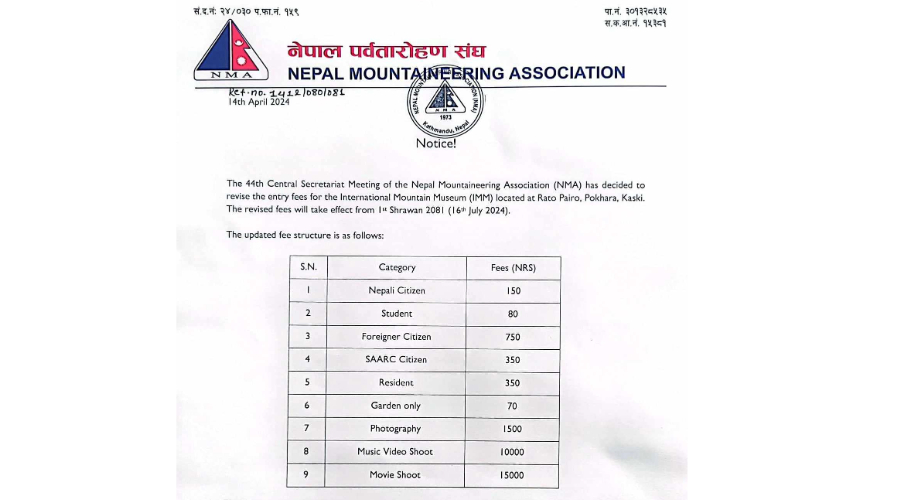
IMM in Pokhara, run by the NMA, has enforced new jamming times from April 7, 2019, regarding the requirements of its visitors. The museum has now extended its opening to the public, opening from 8. 30am to 5:00 pm in the year. The International Mountain Museum Tickets Prices are: Foreign visitors Rs 750, visitors from SAARC nations Rs 350, Nepali citizens Rs 150, students Rs 80, and residents’ visas Rs 350. Timely entry to the garden is Rs. 70. Special activities and photography inside the museum are Rs. 1500 for music videos, Rs. 10000, and for movie shooting, Rs. 15000.
International Mountain Museum Reviews
The International Mountain Museum in Pokhara is also famous for good feedback from visitors regarding the tremendous informative content and stressing the fact that it is located in a beautiful area. Some of the notable features and services that many of the guests have noted include the interactive features covering the history of mountaineering, the video presentations on the culture of the mountain people, and, of course, the magnificent views of the Himalayas. Tourists also have a well-developed outdoor area, such as a garden, which can be used for social recreation.
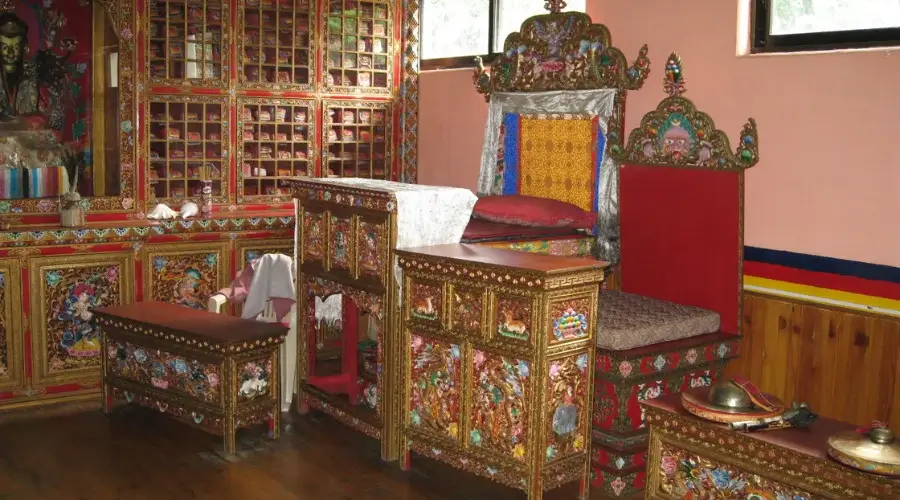
Suppose you wish to read more about the experiences or want to know the reviews of the person you are interested in. In that case, you can check the reviews on the internet on different websites such as TripAdvisor, Google Reviews, and even Reviews on Facebook. These websites give tips and information to other travellers who have visited the International Mountain Museum, thus assisting you in determining whether to visit the museum when in Nepal.
What can One Explore at the International Mountain Museum?
There are numerous exhibits and experiences that the Museum in Pokhara lets the visitors explore to familiarize themselves with the importance of the Himalayas and mountaineering. Here’s a detailed overview of what you can explore:
1. Mountaineering History
The International Mountain Museum has plenty of displays specifically related to climbing careers in the Himalayas. These encompass specific descriptions of famous ascents, climbers, and relevant events in climbing history involving high altitudes. Climbers and tourists can see lab samples, photographs, and other climbing equipment, which gives a clear picture of climbing history and the difficulties climbers face.
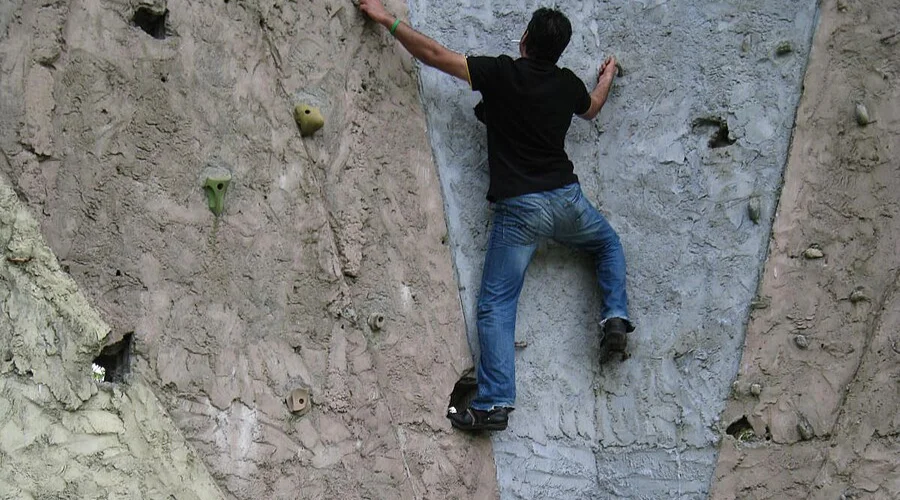
2. Cultural Exhibits
Learn more about the other neighbouring cultures, particularly the tradition of the Sherpas of Nepal. The Museum displays the type of dress, utensils, and other things that old people use. Other exhibits explain their beliefs, rituals, and contributions to supporting climbing expeditions.

3. Geological Displays
Understand more about the formation and structure of the Himalayas through fossilizing and sharing of other geologically related models. There are rocks collected from the region, and topographic maps and models share the story of tectonic activity that has thrown up the highest mountain chain on the planet. This section informs the reader on how the geographical structure in this part of the world affects the terrain.
4. Biodiversity
Find out about the diverse worms found in the Himalayas. Because the International Mountain Museum focuses on high altitudes, it has details and information on different plants and animals found in the zone. It offers a view of the different models of the plants and animals and their adjustment to Mountain climates.
5. Adventure Activities
Opt for information on adventure sports and trekking facilities in the Himalayas. They offer different treks, trekking routes, paragliding, mountaineering activities, and tips and ideas for those who want to experience trekking and mountaineering.
6. 3D Models of Peaks
The major attraction included in this article is the database of stereo models of the most famous Himalayan tops, such as Everest, Kanchenjunga, Annapurna, and others. We can see such models as physical representations of the ranges. It will also assist the visitor in comprehending the height of such topographic features and the possibility of tackling the ranges.
7. Educational Programs
Through school programs, field workshops, and seminars, the IMM presents conservation issues. Like mountain ecosystems, eco-tourism, and the physiology of high-altitude areas. The programs enhance consciousness regarding the inevitable effects of tourism and adopt the right measures into practice.

8. Garden Area
Bordering the Museum is a green area represented by a small intellectual yard. It is a relaxation area that, through the use of plants and flowers, corresponds with the general museum atmosphere.
Want to know more?
Speak to an Expert





Sandip Dhungana
Nepal 🇳🇵
Whatsapp: +977-9823636377


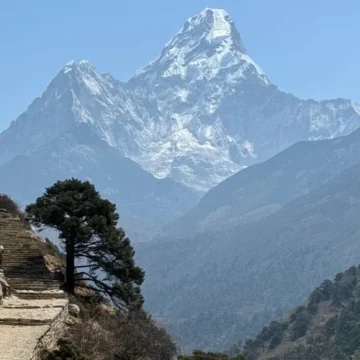
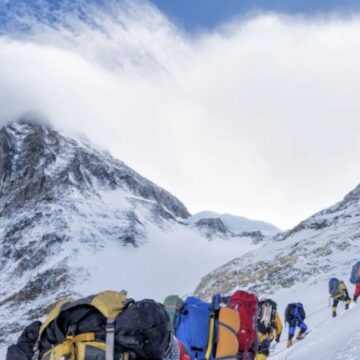
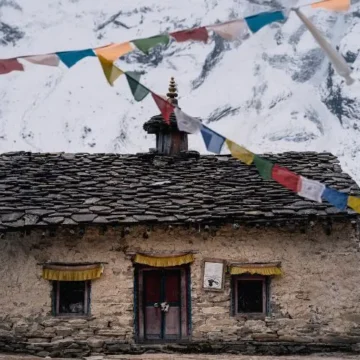
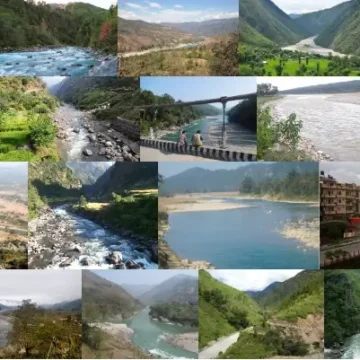
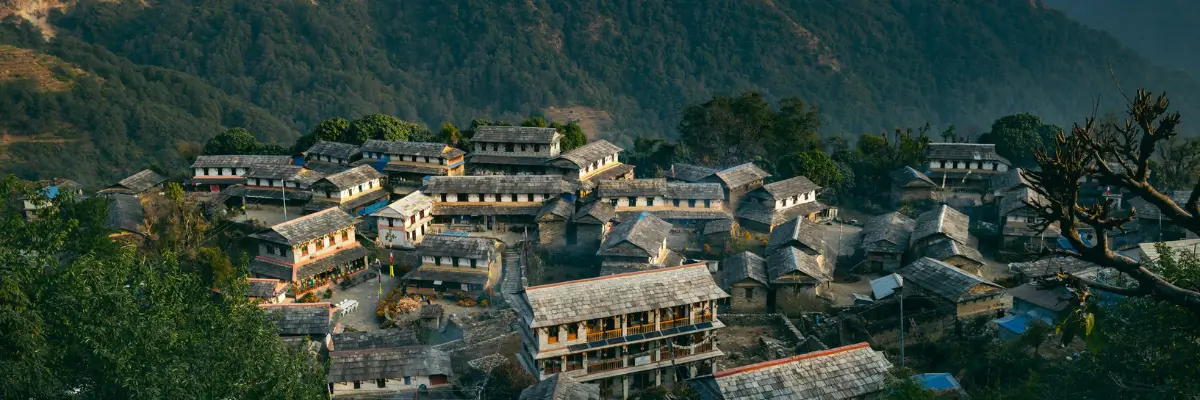
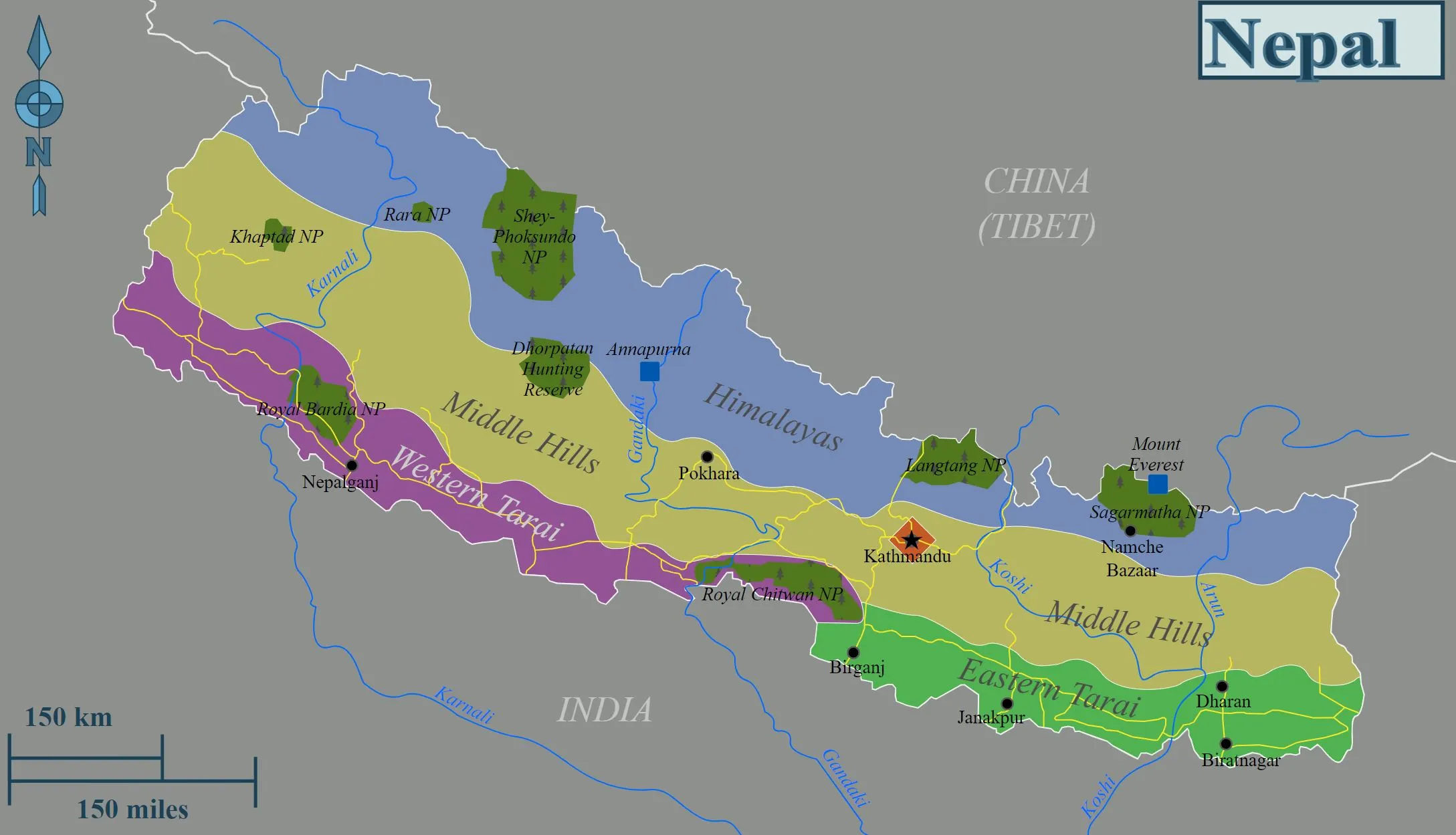
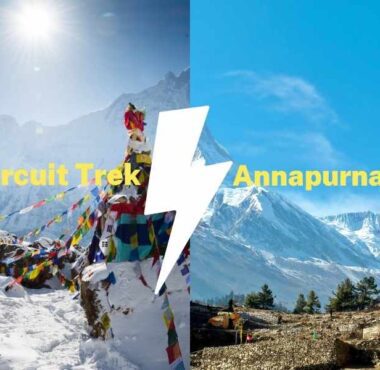
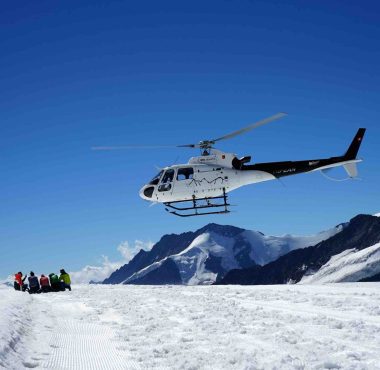
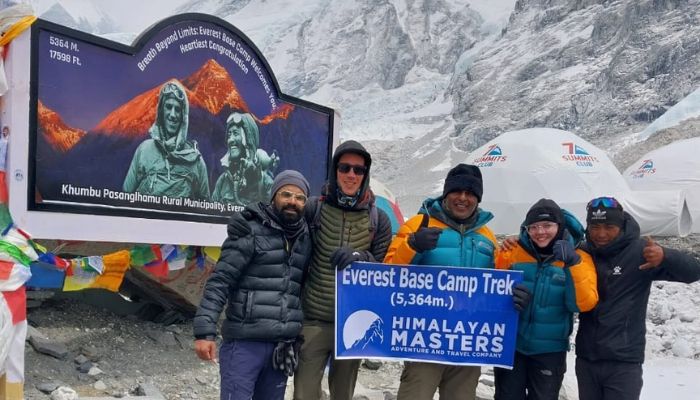










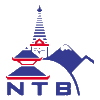


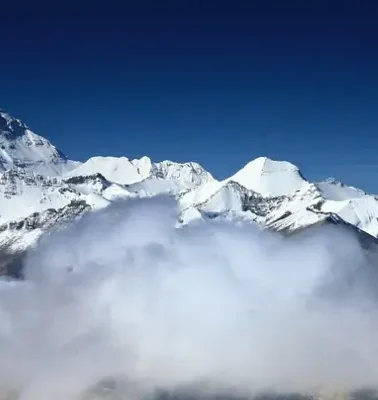


Leave Your Comment